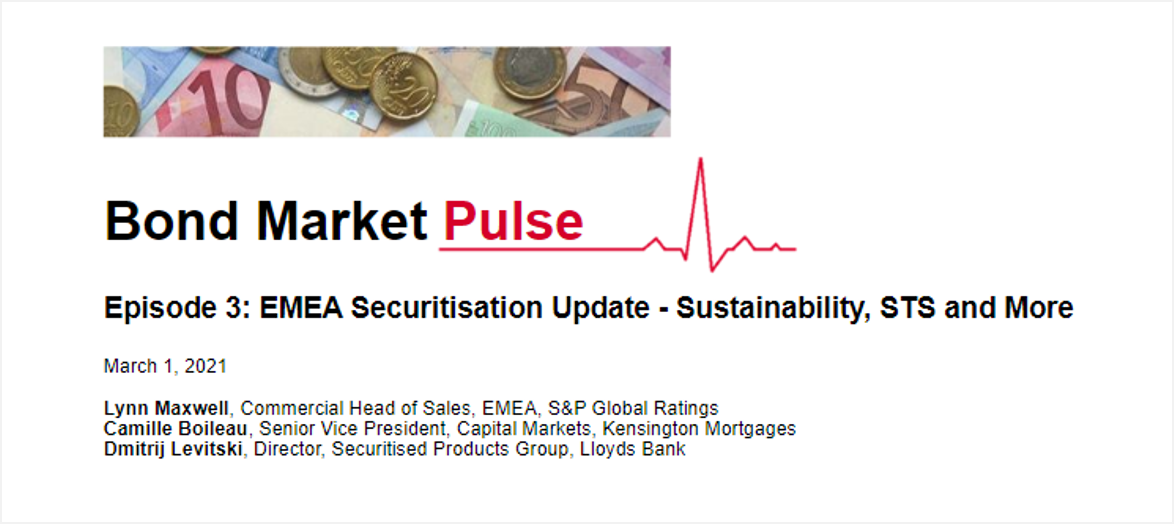THOUGHT LEADERSHIP • December, 2020
Making Stamp Duty Holiday Permanent Could Reap £139M a Year Tax Boost for Treasury
THought Leadership
Making Stamp Duty Payment Holiday Permanent Could Reap £139M a Year Tax Boost for Treasury
- Permanent extension of stamp duty threshold could provide fiscal surplus of £139m per year, generated by revenues based on higher consumption and increased housing market activity
- Approximately 37,000 more property transactions will take place each year
- Maintaining stamp duty threshold would provide boost to economy, mobility and downsizing
Extending the stamp duty holiday could be fiscally positive for the UK treasury, according to research commissioned by Kensington Mortgages. Retaining the threshold for paying Stamp Duty Land Tax (SDLT) at its current level of £500,000 would provide new tax revenues - generated by higher transaction volumes, increased property prices, household consumption, and housing market activity - ranging between £2.3 and £4.1 billion. According to analysis by the Centre for Economics and Business Research (Cebr), in the upper bound estimate this would lead to a fiscal surplus of £139 million.
Whilst maintaining the current SDLT threshold could generate a fiscal surplus at the upper bound level, the surplus increases as the threshold is lowered. If the threshold was lowered to £450,000, the net increase in tax revenues could rise to £247 million. Decreasing the threshold to £300,000 could lead to a surplus of £491 million per year.
Since July 2020, a stamp duty holiday has been in place for properties below £500,000 – which make up nearly 90% of transactions in England and Northern Ireland. The holiday is scheduled to end on 31st March 2021. This research indicates that the UK would derive significant socio-economic benefits from scrapping the temporary nature of the holiday.
While the findings reveal that a permanent extension of the current SDLT, land and buildings (LBTT) and land transaction tax (LTT) holidays could cost the UK Treasury £3.9 billion per year, the below table summarises how it could recuperate between £2.3bn and £4.1bn.
Property transactions, collective wealth and household consumption will increase
Estimates from the Cebr suggest that the reduction in the rate of stamp duty would lead to 37,000 additional property transactions taking place each year, generating £266 million in annual revenues.
Future house prices could also be, on average, 1.3% higher. Moreover, the structure of SDLT means that the increase could be greater for higher-value properties, leading to a 1.9% increase in households’ collective property wealth. Higher property values could lead to SDLT, LBTT, and LTT receipts generating £256 million in additional revenues each year. Combined, higher property values and transaction numbers could generate £523 million of annual revenues to the Treasury.
With a significant share of households’ wealth contained within property, movements in house prices have a major effect on total levels of wealth in the UK. The analysis shows that the increase in house prices would lead to a £113 billion increase in households’ collective net wealth, driving an estimated 0.36% - 0.75% increase in household consumption.
Indirect fiscal impacts on capital gains tax
According to HMRC, between 2017 to 2018, the value of residential property transactions in which sellers were liable to capital gains tax (CGT) was £26.6 billion. The 1.9% increase in aggregate property wealth implies that the value of residential property transactions in which the seller is liable for CGT could also rise, by approximately £505 million each year.
Methodology
The findings are based on a report conducted by the Cebr on behalf of Kensington Mortgages entitled ‘The fiscal impacts of a permanent stamp duty holiday’ (December 2020).

Mark Arnold
Chief Executive Officer
Related news

S&P Global Ratings Bond Market Pulse Webinar: EMEA Securitisation Update - Sustainability, STS and More
Read more

.jpg?sfvrsn=2913986b_0)
